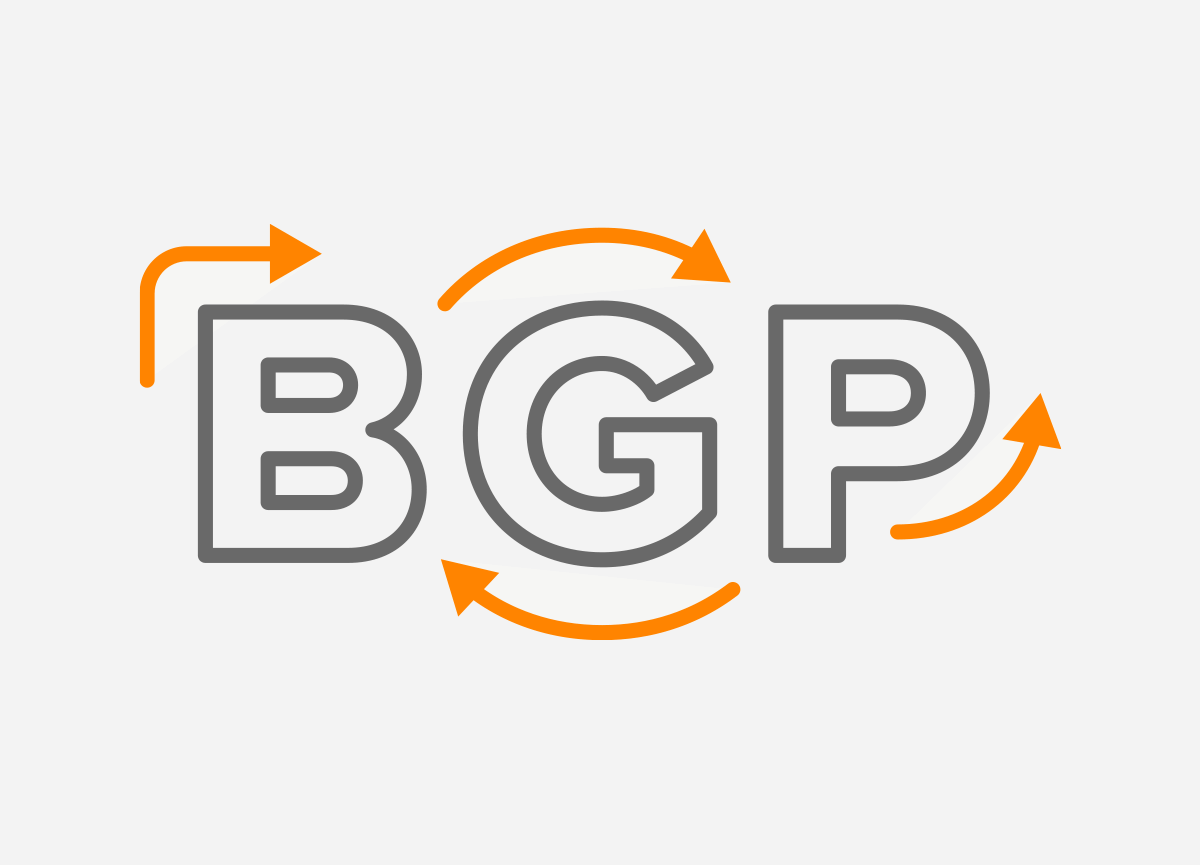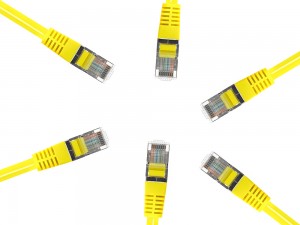Understanding BGP states is essential to grasp how BGP operates. Similar to interior...


All organizations that depend on Internet for sales revenue or business continuity require internet redundancy. Downtime lowers productivity, yields losses and painfully affects the company’s reputation.
In this blog we describe how to setup Border Gateway Protocol (BGP) to get rid of multiple internet redundancy issues and generate significant results for your company.
BGP is a critical instrument for attaining those goals. The connection to two or more ISPs is known as multihoming. As you multihome, BGP operates on your routers and delivers redundancy by determining on which ISP delivers the most effective path.
How to configure BGP:
BGP represents the internet routing protocol. It acts similar to Routing Information Protocol (RIP), however, instead of choosing the shortest path based on hops, it makes a decision relying on the shortest Autonomous System (AS) path. Autonomous System Numbers are associated with the BGP routing domains. These numbers are assigned by the Regional Internet Registries (RIR), such as the American Registry of Internet Numbers (ARIN), Réseaux IP Européens (RIPE), etc.
When you have an understanding of the BGP basics, it becomes fairly simple to configure a multihomed network. If you currently have your main Internet connection setup, follow these common steps to implement BPG multihoming:
In case the connection with one of your ISPs is lost, the BGP session with that ISP will be reset. The routes from that specific ISP will be withdrawn from the BGP routing table. Then, with a single set of routes in your BGP table, the other provider’s routes are recognized to be the best and are injected in your routing table.
In compliance with BGP, your traffic is sent out towards the provider that has the most effective AS path. Although, if you are sending a large amount of data and your link can’t handle it, the extra traffic will not be redirected to another link. You can try to manage the load distribution manually, but there really isn’t any load balancing associated with BGP. Alternatively, you could use automated solutions like Noction Intelligent Routing Platform (IRP) to address this issue.
Using Border Gateway Protocol:
Operating BGP routes is a great benefit as well as a great responsibility. Being a BGP neighbor, you are obliged to:
It is fair to consider that with BGP selecting the shortest path, a nearer location must result in superior stability and a steady performance. Since BGP is focused on reachability and its own stability, traffic may only be rerouted in case of hard failures. Hard failures are total losses of reachability as opposed to degradation. This means that even though service may be so degraded that it is unusable for an end user, BGP will continue to assert that a degraded route is valid until and unless the route is invalidated by a total lack of reachability. BGP as a dynamic routing protocol reacts only in cases of total failure. That is why installation of intelligent routing systems like Noction IRP proves to be very useful. More details about Noction IRP are available here.
Automate BGP Routing optimization with Noction IRP

In networking, communication between devices relies on the efficient exchange of data packets. Among the essential...
The Mail Analogy: Understanding TCP Headers and Reliable Delivery The internet seamlessly transfers data, but how does...
Last week, Africa faced yet again a significant setback in its connectivity infrastructure, with multiple undersea...